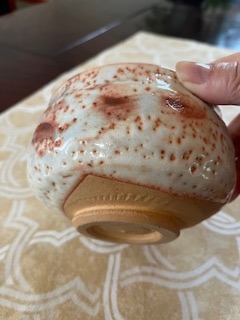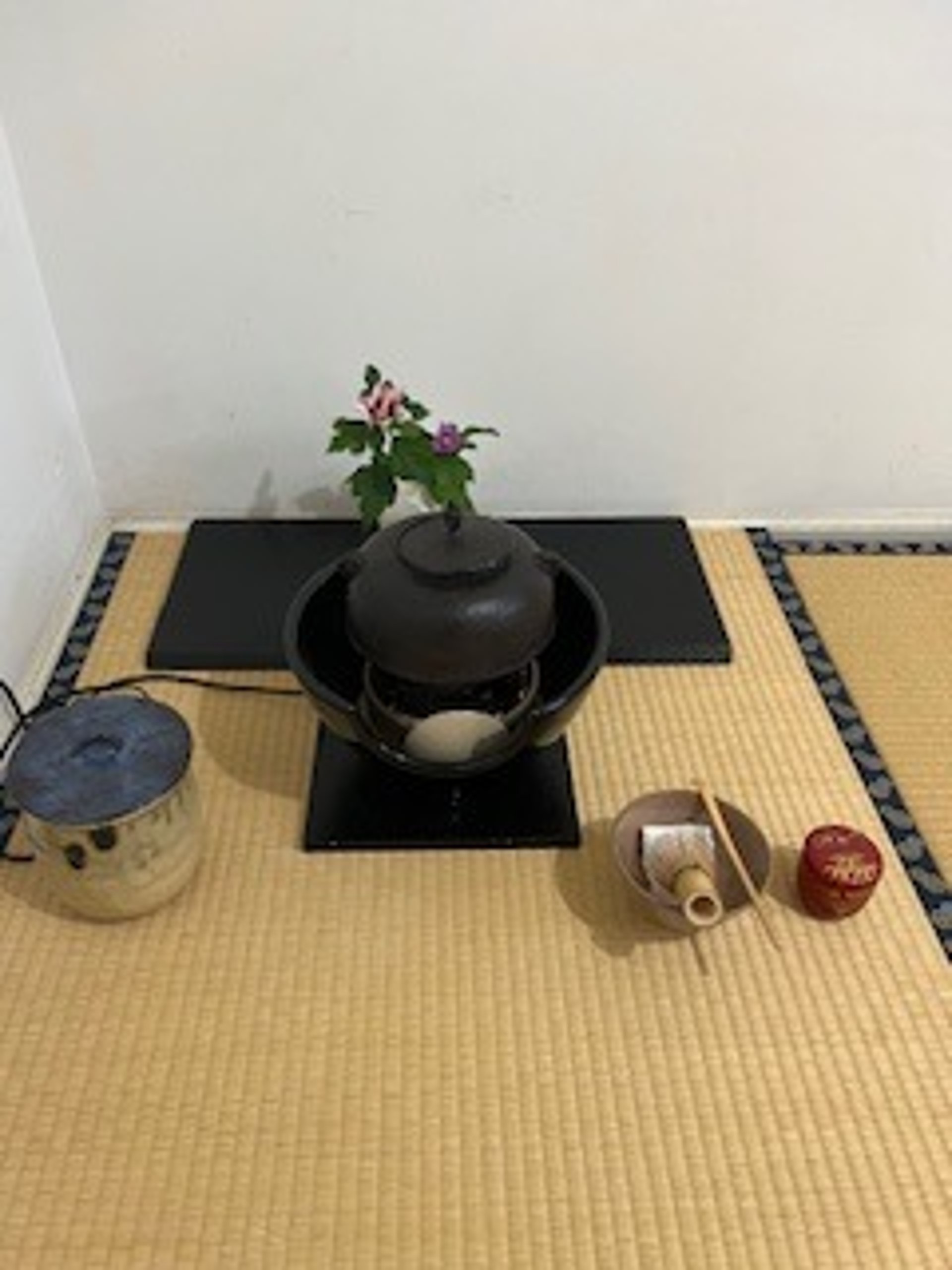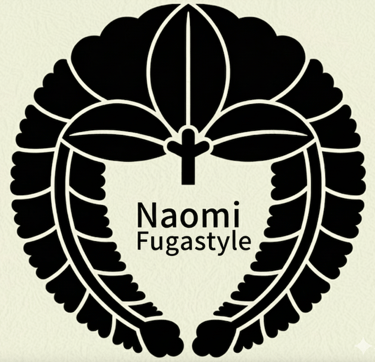Japanese Pottery_Shino-yaki (志野焼)
5/21/20251 min read


Shino ware (志野焼, Shino-yaki) is a traditional form of Japanese pottery that originated in the late 16th century during the Momoyama period (1573–1600). It is one of the oldest types of glazed pottery in Japan and is highly prized for its rustic beauty and strong connection to the Japanese tea ceremony.
*Origins and Name
Region: Shino ware developed in the Mino Province, which is present-day Gifu Prefecture, particularly in areas like Toki and Tajimi.
Name: The name “Shino” is believed to have come from Shino Soshin (志野宗信), a tea master who is thought to have favored or influenced this style, although there’s no conclusive evidence directly linking him to its invention.
*Characteristics
Shino ware was the first white-glazed pottery produced in Japan, and it represents a key innovation in Japanese ceramic history.
*Key Features:
Clay: Made using Mino clay, which is high in feldspar and suitable for firing at high temperatures.
Glaze: Uses a feldspar-based white glaze that can result in a milky white, soft cream, or gray surface.
Decoration: Often painted with iron oxide under the glaze, producing rustic, brush-painted designs—usually abstract or of grasses, mountains, and simple natural forms.
Texture and Shape: Known for its rough, organic texture and sometimes asymmetrical, hand-built forms.
Kiln: Fired in anagama or noborigama (climbing kilns), producing natural variations such as scorch marks, pinholes, and glaze pooling—adding to their aesthetic value.

Contact: artspacenakahashi@gmail.com
Experience mindfulness through Japanese tea ceremony on the Tatami Room
Time schedule: 1 hour Fee: $80 ( $10 discounted from $90 by Feb 2026)
Pleae contact any inquiry, regarding, class, personalized consulting,,,etc..
artspacenakahashi@gmail.com
© 2024. All rights reserved.
